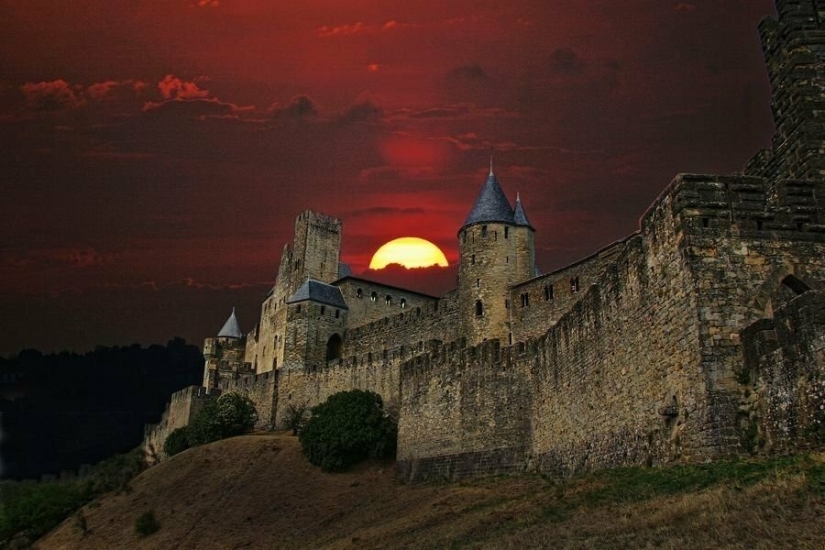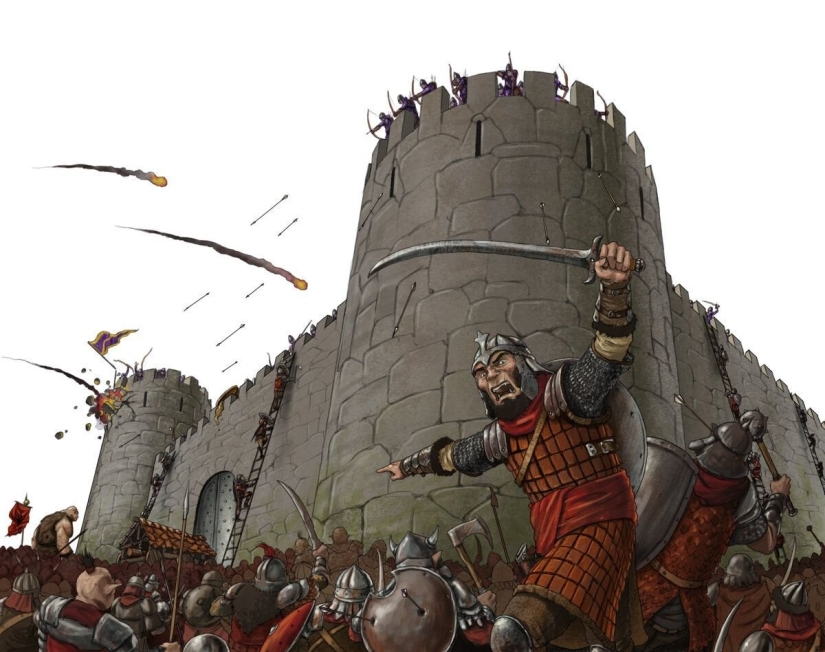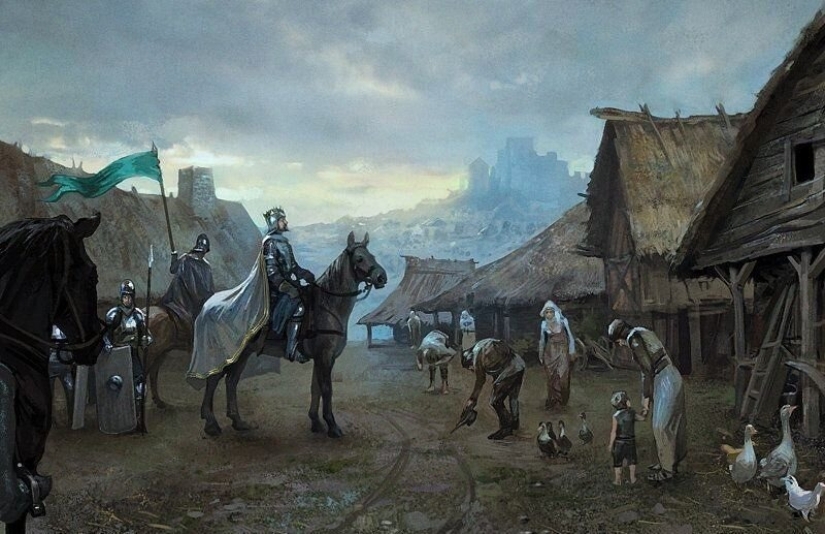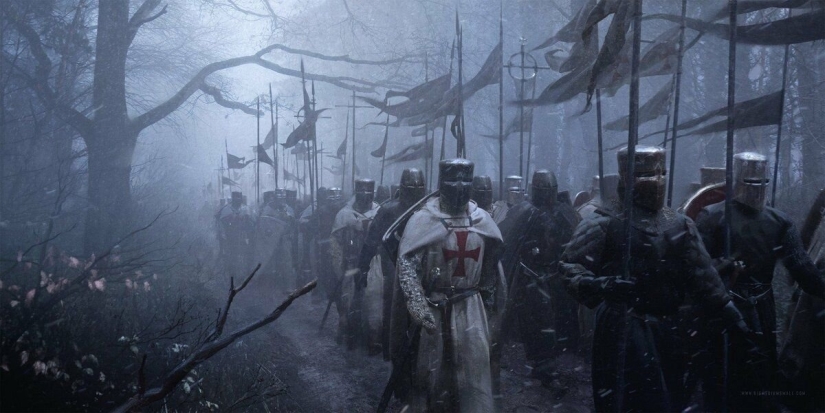Why were castles built? Why couldn't they be bypassed?
Categories: History | People | Photo project | Society | World
By Vika https://pictolic.com/article/why-were-castles-built-why-couldnt-they-be-bypassed.htmlImagine that you are a medieval European feudal lord. You have been at enmity with the neighboring seigneur for a long time because his great-grandfather once cut the road through your field. To explain to him what he is wrong about, you decided to gather a strong army. You cross the border with him, and on your way, you see something like this.
6 PHOTOS

1. The first thing that comes to mind is that the castle must be bypassed. Our goal is not here, but further - we want to capture defenseless cities, occupy villages without a fight, and spank peasant girls in a soft spot, and the main battle will take place closer to the capital of our adversary. Hurry, hurry, before he calls the banners himself!
But I assure you that bypassing the enemy castle is the worst possible idea.
Why were castles built in the Middle Ages?
No, well, it is clear that the initial desire was the desire to protect their precious carcass. The mobilization of the army now takes a lot of time, and before the advent of modern forms of communication, it was even more difficult to collect troops. It is impossible to completely cover the borders, and the adversary has a high chance to carry out his attack unexpectedly.

2. That is why the barbarians set up a palisade around their settlements, civilized peoples erected walls near their policies, and medieval Europeans built castles. But, nevertheless, they also have another strategic goal, in addition to the defense itself. The strength of the castle is not in its walls but in the garrison. As long as a more or less significant detachment is sitting there, the enemy cannot consider your territory finally conquered.
Until recently, most of the war did not consist of battles or sieges. The army was moved from one place to another in order to be able to feed it. The convoy taken with them was enough for a couple of weeks, and after that, the supply was carried out at the expense of the surrounding territory. In other words, in order to eat, the soldiers had to snatch food from the hands of the peasants on their own. Most often - after hitting them with a spear on the crown.

3. The castle allowed not only the peasants to hide but also to keep the results of their labor there. The garrison could make sorties and attack the foragers or prevent an attempt to bring food for the army from the neighboring area. Together with the use of scorched earth tactics, relying on castles will allow almost without a fight to turn back any army. It is here and in this place that she will not be able to stand, move, or feed.
The second advantage of castles is the possibility of accumulation of forces. As a rule, the attacker has a numerical advantage and can easily crush everyone in his path. But if the enemy has castles that cover a vast territory, you can resist the adversary all along your border. And then unite all the garrisons, achieve approximate equality, and strike. Moreover, adult men from all over the district will join the warriors, who will be happy to assist in the defense of their land.
Another reason concerns logistics. Any fortifications are built in such a way that the enemy does not have freedom of movement. So that he was in a disadvantageous position for himself and did not have the opportunity to change it. So that he cannot move to the center of your possessions, since the road is blocked by a solid wall. Such castles were built on convenient crossings and in gorges, at crossroads and commanding heights in such a way that the enemy had no other way, and he was forced to turn back.

4. When hunger, sitting still, and constant sorties reduced the numbers and courage of the enemy, the defending side could combine their forces and deliver one powerful blow. But, as a rule, it didn’t even come to that, because the enemy retreated in advance.
Keywords: Castles | History | Historical facts | People | Army | Information | Fights | Fights in history
Post News ArticleRecent articles

When 19-year-old Marilyn Monroe started to pose for Earl Moran in 1946, she still dreamed of becoming an actress. Moran's already ...

These photos at first glance resemble a video about kissing strangers, but in fact the project was filmed long before that. One ...
Related articles

When 19-year-old Marilyn Monroe started to pose for Earl Moran in 1946, she still dreamed of becoming an actress. Moran's already ...

If Australia is the most dangerous continent on the planet, then the Gibson Desert located in the west of the continent is its most ...

In 1969, a healthy food restaurant opened on the Sunset Strip in Los Angeles-one of the first in the country, and possibly in the ...

The story of Henrietta Lacks is a rare case of an ordinary woman's life changing the face of global medicine. She led a quiet ...